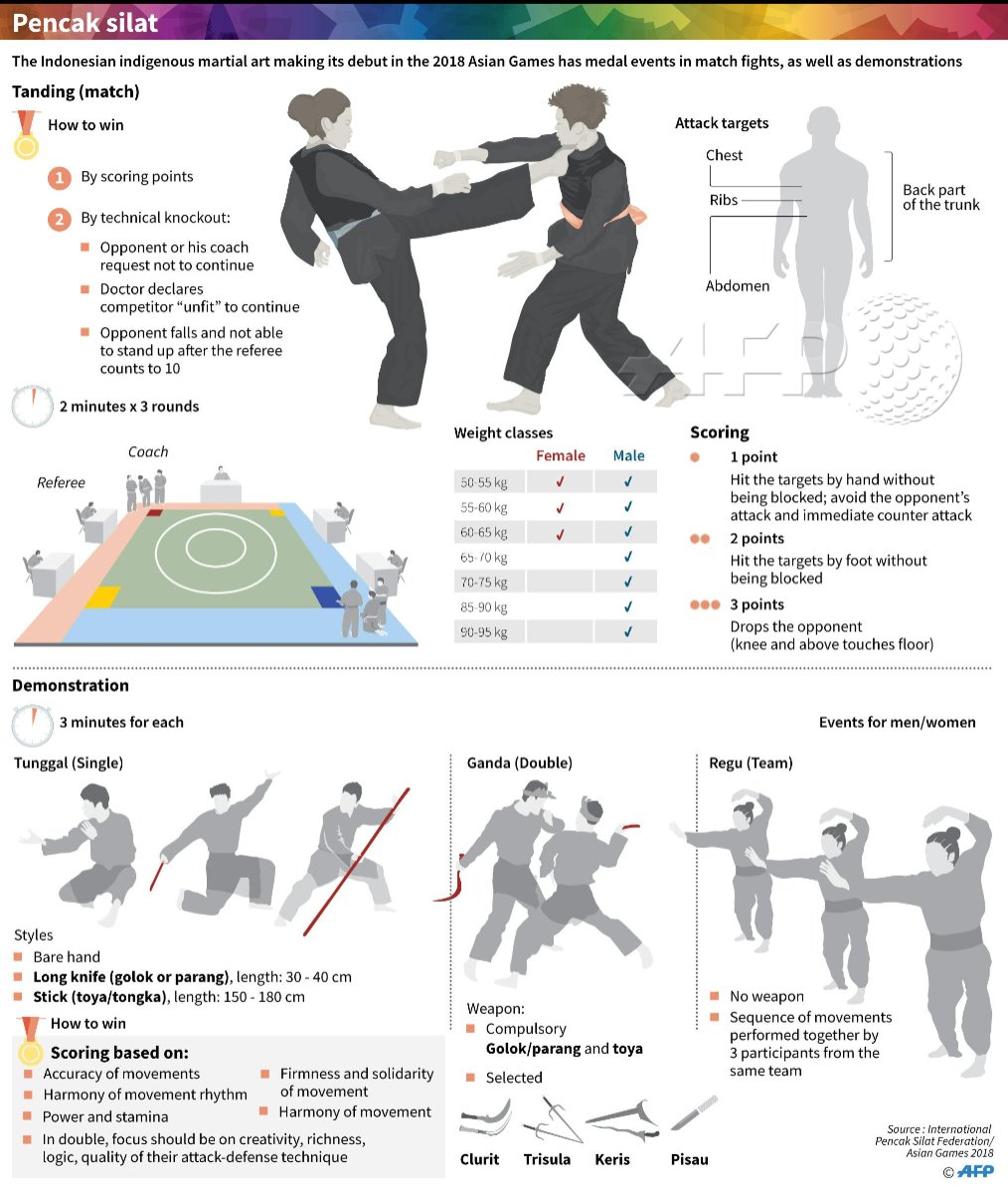What Are The Essential Contrasts In Between The Technique Highlighted In Typical Martial Arts And The Competitors Emphasis Of Modern Battle Sporting Activities? Find Out Just How These Differences Can Influence Your Trip
What Are The Essential Contrasts In Between The Technique Highlighted In Typical Martial Arts And The Competitors Emphasis Of Modern Battle Sporting Activities? Find Out Just How These Differences Can Influence Your Trip
Blog Article
Content Create By-Bright Sexton
When you consider martial arts, do you lean a lot more toward the standard practices or the modern combat sporting activities? Each course uses unique advantages and experiences, formed by their approaches and training techniques. Typical martial arts highlight individual growth and self-control, while contemporary fight sports focus on competition and performance. Recognizing these distinctions can assist you in choosing the ideal method for your trip. Yet how do these differences manifest in training and philosophy?
The Viewpoint and History Behind Standard Martial arts
While many people associate martial arts with physical combat, the approach and background behind standard martial arts run much deeper. You'll find that these techniques stress individual development, discipline, and respect.
Originating from old methods, typical martial arts were typically established for Self-Defense and spiritual growth. They symbolize concepts such as equilibrium, harmony, and self-constraint, directing practitioners beyond plain combating skills.
As you train, you'll not just learn methods however also acquire understandings right into the society and values that formed these arts. The routines and traditions, often passed down with generations, cultivate a feeling of area and belonging.
The Competitive Nature of Modern Combat Sports
Modern battle sporting activities have actually changed the landscape of martial arts into a highly competitive field, where professional athletes take on in an examination of skill, method, and endurance.
You'll discover that competitors are often organized with stringent rules and regulations, making certain justice and security. martial arts gym near me draw in huge target markets, fueling the enjoyment and intensity of competitions.
Athletes train rigorously, not just for physical expertise but additionally for mental strength, understanding that every information counts in the ring. The adrenaline rush during competitions is apparent, as competitors push their limitations to declare triumph.
Fans value the athleticism and artistry entailed, making contemporary combat sports a thrilling phenomenon that remains to evolve and astound lovers all over the world.
Training Methods and Strategies: A Comparative Analysis
The affordable environment of modern-day battle sports demands ingenious training methods that vary dramatically from traditional martial arts.
In modern training, you'll concentrate on details methods, sparring, and conditioning, commonly making use of drills that simulate genuine battle scenarios. You'll see an emphasis on measurable performance and constant competition to evaluate your abilities.
In what is kajukenbo made out of , standard martial arts focus on kinds, katas, and philosophical mentors, usually highlighting discipline and regard over competitors.
Training is normally much less extreme and may involve recurring method as opposed to real-time sparring.
While both methods develop ability and fitness, modern battle sports offer an extra vibrant and adaptable training setting, preparing you for instant obstacles in the ring or cage.
Choose the path that straightens with your objectives and rate of interests.
Final thought
In selecting in between typical martial arts and modern-day battle sports, it really boils down to what you value many. If please click the following webpage looking for individual development, discipline, and a sense of area, typical arts could be your ideal fit. Yet if tiger rock martial arts prosper on competitors and real-time difficulties, modern-day fight sports could be the means to go. Ultimately, both paths use one-of-a-kind advantages, so it's everything about aligning your training with your individual objectives and passions.
